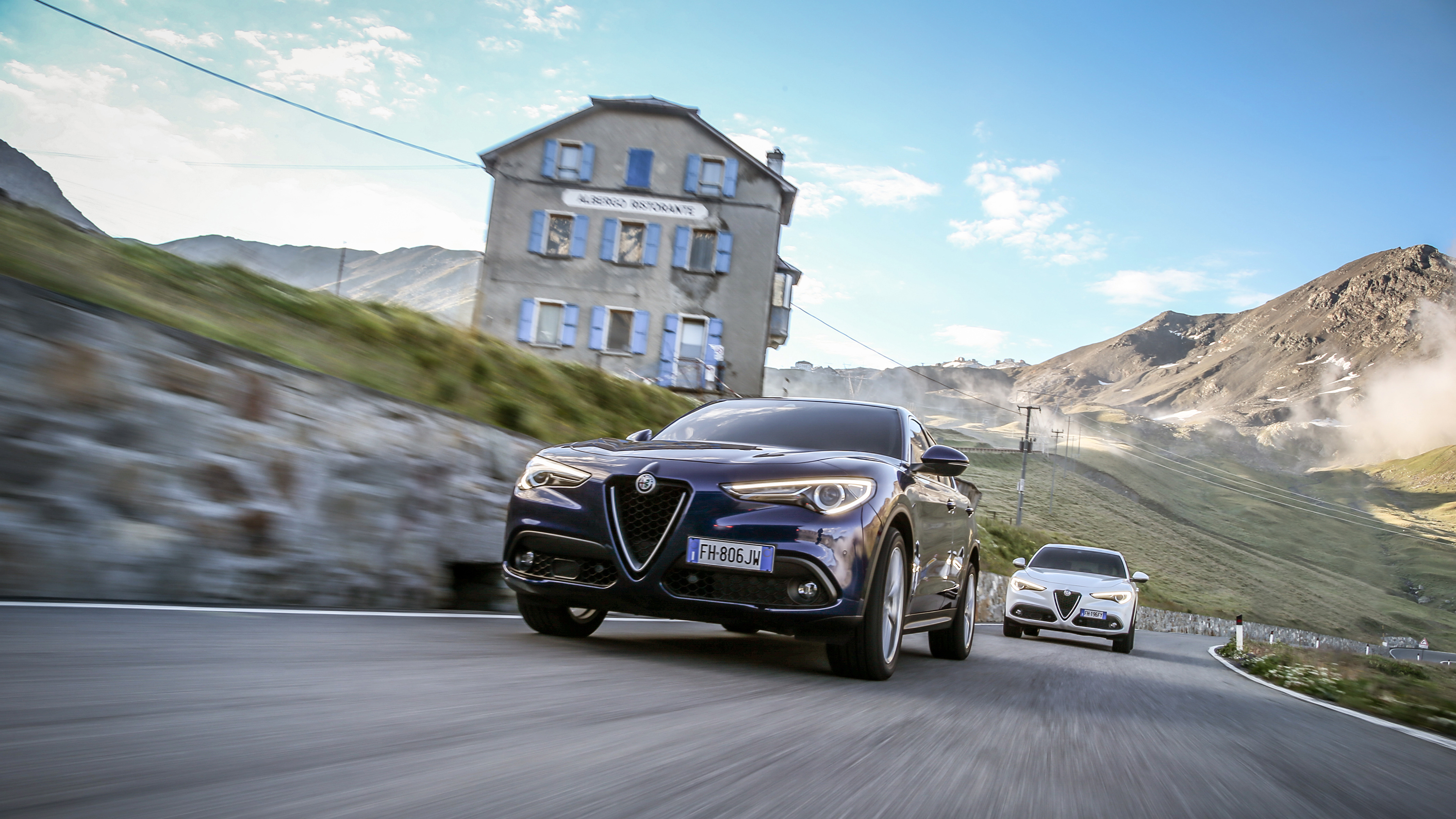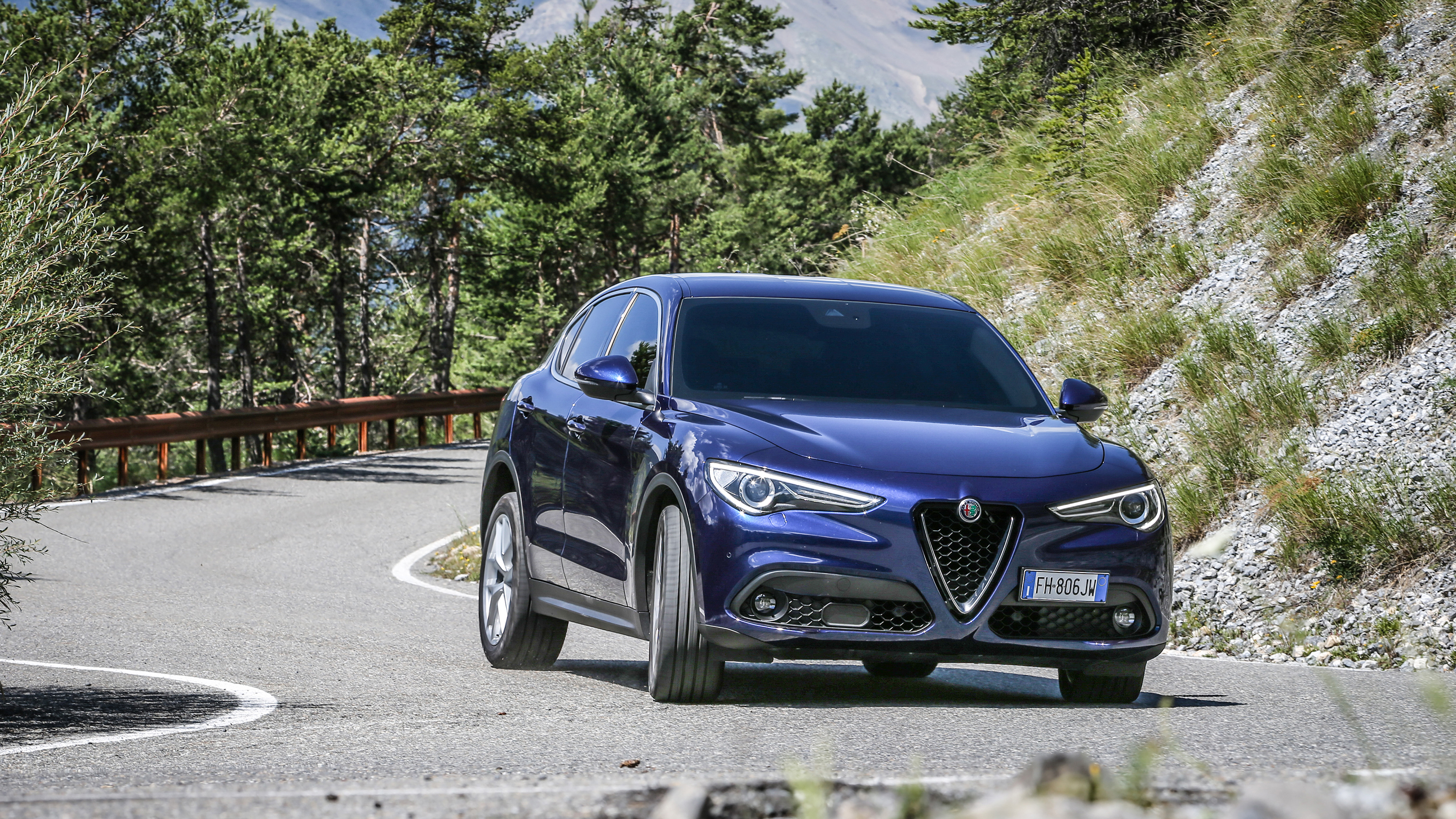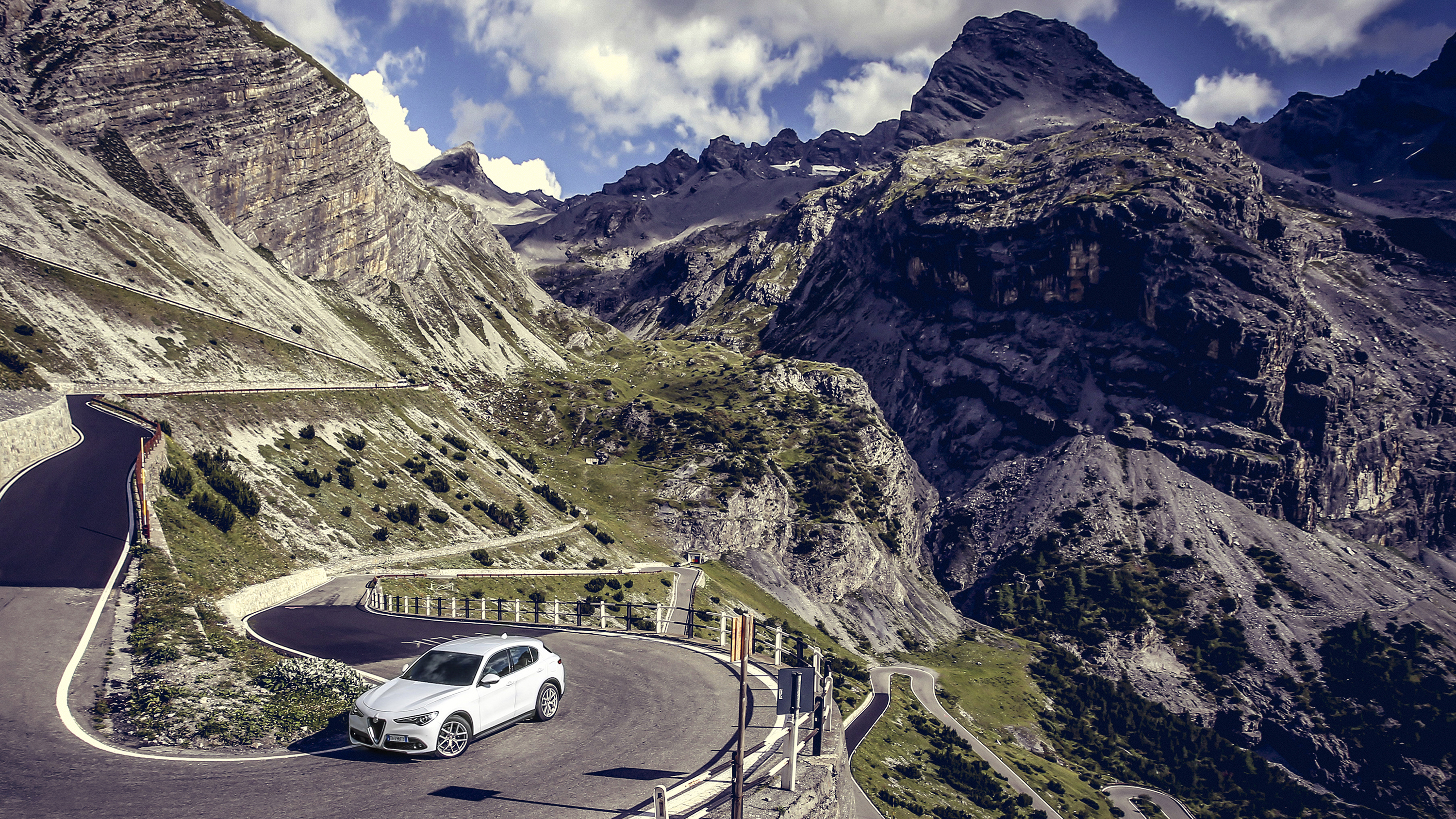
Alfa Stelvio on the Stelvio Pass
A road trip too obvious to ignore, or a cliché best left alone? We find out...
Being honest, this kind of started off as an assassination attempt on overly literal, self-defeating public relations. We’re going to drive the new Alfa Romeo Stelvio on… the actual Stelvio Pass!
Cheery guffaws all round, some earnest but naive nodding about it being a great driving road. Except that the Alfa Romeo Stelvio is an SUV. And an SUV on the Stelvio Pass is only mildly more appropriate than a bendy bus or, say, the RMS Lusitania.
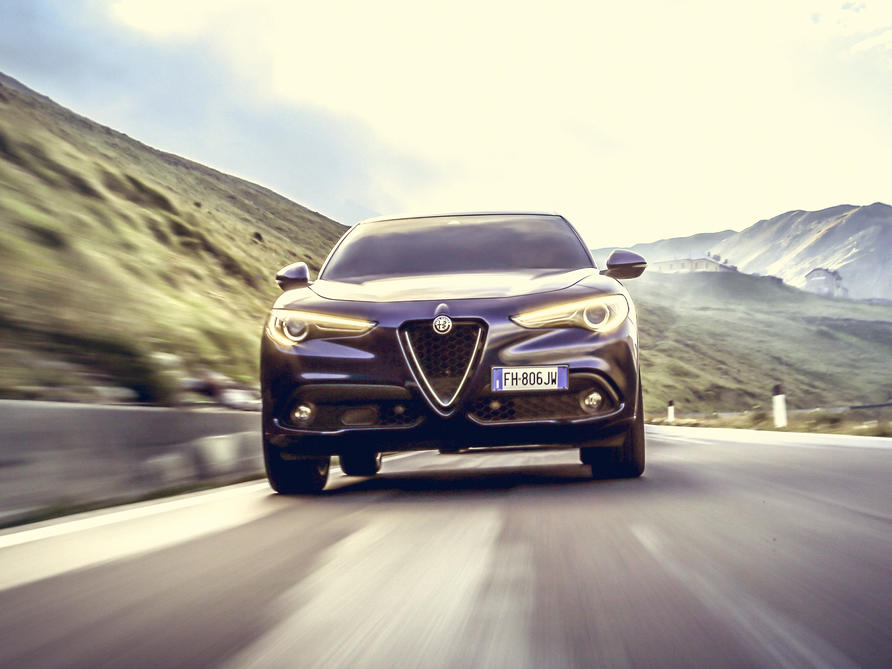
Words: Tom Ford
Which suddenly makes it a manufactured, hashtag-adventure. An escapade shrink-wrapped into a package so tight that it suffocates the romance out of it, strangles it of any passion, takes it outside and kicks emotion’s head in with boots made of cliché. Here, says the cheery headline, have a McExperience.
No, sorry. It makes me want to repeatedly bang my forehead off a table, the kind of thinking that would usually bounce off my intellectual spam filter. But this one stuck. Because not only is Stelvio the vehicle inappropriate, the Stelvio Pass itself is a lie. It’s not one of the greatest driving roads in the world at all. It is, in my opinion, hell with a view.
This is, in itself, probably quite an unpopular viewpoint. But let me explain. First, the actual physical geography of the Stelvio part of the Stelvio Pass is borderline medieval. Built in the first quarter of the 1800s, it’s not really made for modern cars, and that means it requires a laser-like focus of conditions and specifications before it even becomes mildly amusing.
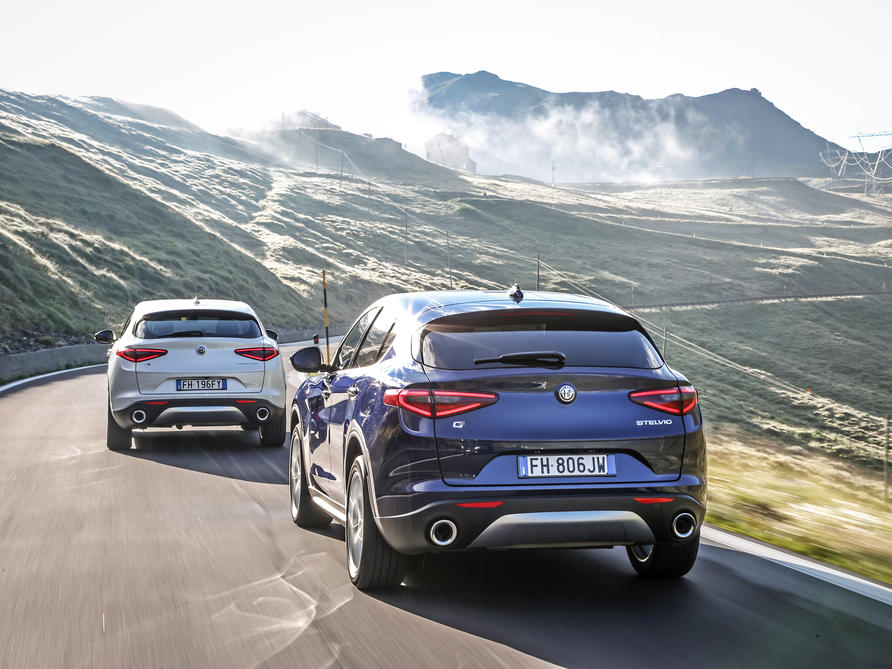
It sits down near a confluence of Italy, Austria and Switzerland, and the eastern ramp – the famously photographed part – all 48 hairpins, is actually extremely narrow and consists of 180-degree uphill switchbacks that require good vision, exciting amounts of lock and decent ground clearance.
There’s no room to oversteer a rear-wheel-drive car, most sports cars require excessive amounts of manhandling, and that’s without the added danger of lack of vision that something low-slung usually brings with it. And the lack of vision is an issue because the Stelvio is busy.
If the sun pokes its head out, the Pass swarms. There are buses, the inevitable hikers, people road-skiing up the Pass on two-foot-long rollerblades – complete with poles – the odd dehydrated-looking runner, a couple of cows (I suspect the same pair) and the occasional depressed marmot. There are the motorcyclists, attracted just as effectively to the fly-paper of a wiggly map as car-people, capable of elasticating themselves past on a short straight and then inevitably getting caught by a car when braking and traversing hairpins.
It’s like being attached to a BMW adventure bike by a bungee cord on the front bumper. And then there are the bicyclists. Grim-faced pedallers with hamstrings like ship chains and calves like tumorous melons, whose downhill pace borders on the disturbed, well beyond brave and into the no-man’s land of psychological uncertainty.
I followed one man on a downhill section at nearly 40mph. A man whose safety kit consisted of nothing more than a full-body condom made of lightly fluorescing lycra and a slippery-looking crash hat. On tyres the width of my finger.
Top Gear
Newsletter
Thank you for subscribing to our newsletter. Look out for your regular round-up of news, reviews and offers in your inbox.
Get all the latest news, reviews and exclusives, direct to your inbox.
Anyway, with little mechanical grip, the pedal pushers tend to run wide on the hairpins and, coupled with their general lack of fear glands, it means that you have to give them a respectful amount of room. Which means you have to go slowly. The views might be spectacular, but as a place to actually assess or test a car, it rates somewhere along the same lines of “town centre”, “car park” or “railway siding”.
In fact, I was so full of righteous indignation and latent dislike of the SUV genre as a whole that I was quite unprepared to really enjoy myself. Because, dammit, this area is still a bright and shining box-check in the bucketlist of motoring. Because it’s still legendary. No, the middle bit still isn’t very good to actually drive on, but the surrounding passes are still bone-achingly beautiful, and much more satisfying to drive – you just have to widen your target area a little.
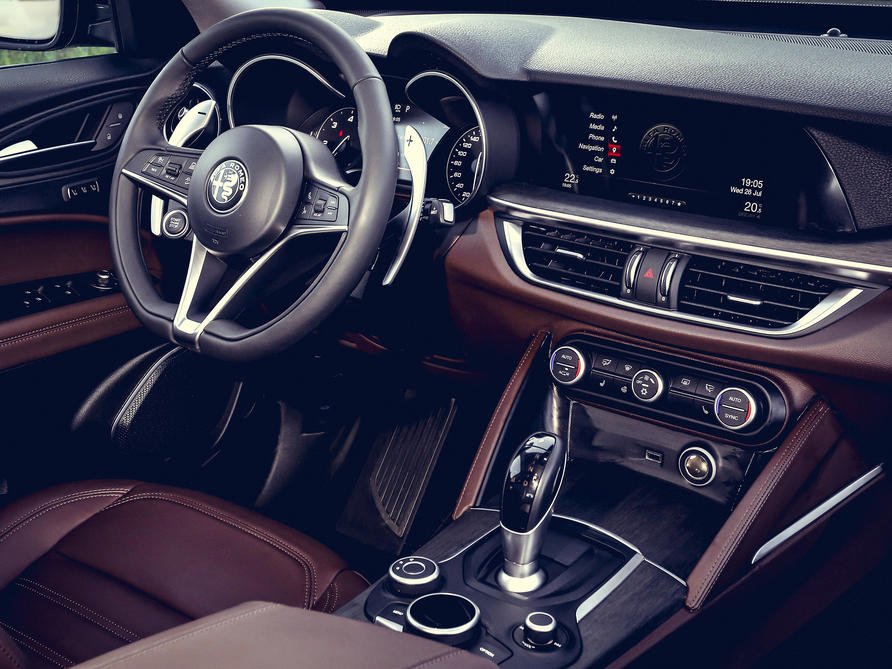
It’s still got that sense of awe, and of space, and of history. It still stinks of romance. Thrums with historical glory. A well-worn, much-travelled adventurous path, true, but it’s not less significant for that.
And the Stelvio proves as much of a surprise. Convinced that the best car for the Stelvio Pass is probably a hot hatch, I thought that an eponymous SUV-shaped sports-lorry would be utter bobbins. But it isn’t. The Alfa Stelvio was apparently benchmarked up here, for altitude and cold. A variety of engines are on offer, all with the rather lovely eight-speed auto (electronic shift strategies – though not the actual, gearbox obviously – from a certain other red-hued carmaker in Maranello, wink, wink) and are all really rather acceptable.
There is no manual option, but the slinky metal scythes that pass for shift paddles work beautifully, and the Stelvio feels more like a slightly lifted AllRoad/CrossCountry variant halfway house, rather than a full SUV. There will be no Giulia Sportwagon, so the Stelvio does that job with the modified Giulia platform underneath, and it’s pert and neat enough to be (dare I say it?) fun. Enough fun for me to set the brakes wholeheartedly on fire, anyway.
It feels light (it’s got a 185kg dietary advantage over a Porsche Macan, 145 less than a BMW X3) and, because of surprisingly direct steering and a strangely airy and hollow-feeling steering wheel, it dives about, belying its bulk. A bit of physical sleight of mass that suddenly evaporates when you realise that there’s a bus coming and there’s no Armco and it’s a big drop and everyonebreatheinbecausethat’sprettybloodyclose.
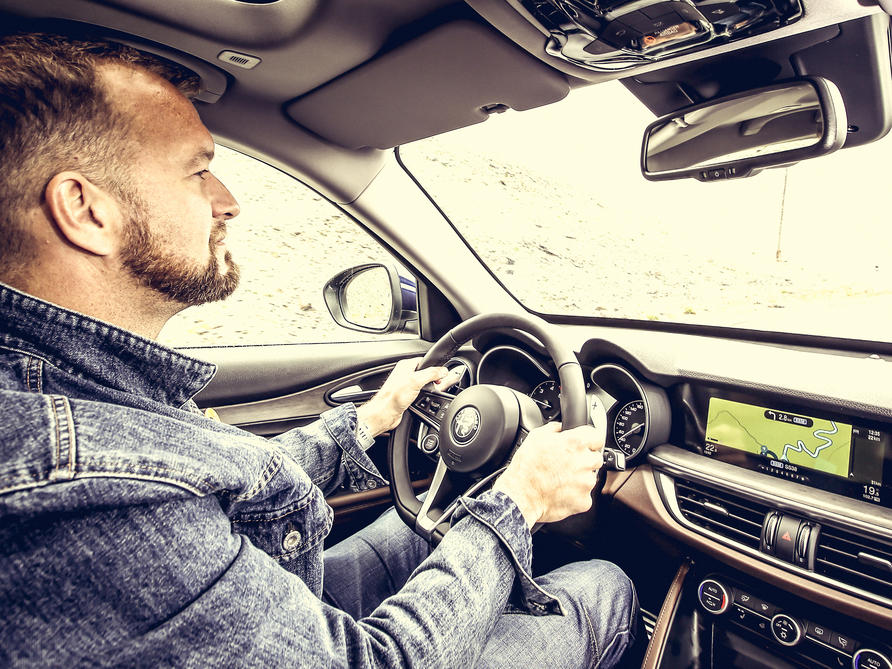
The 276bhp petrol turbo is a 2.0-litre tuned for industry rather than enjoyment, and even though its figures are impressive (0–62mph in 5.7), it’s a bit of a tractor of an engine. Far better to wait for the forthcoming 500+bhp bi-turbo V6 QV if you want something genuinely sonorous, or simply settle with the perfectly acceptable 2.2-litre (207bhp, 347lb ft) diesel.
Even the 176bhp, two-wheel-drive diesel (Q2 – which means rear-wheel-drive in Alfa-speak) works pretty well. Yes, the interior quality still lags a bit when you compare it with some of the obvious rivals, but Alfa has managed a remarkably adept bit of engineering here; this is an SUV that actually lives up to the acronym.
Which means I’ve proved myself wrong. The Alfa Romeo Stelvio on the Stelvio Pass isn’t a bad idea after all. In fact, it’s a bloody good one. The Stelvio Pass, and its environs, is still a great driving destination, and the Alfa Romeo Stelvio, much to my horror, is a properly sorted SUV that holds its head up with the best of the breed, and is fun on a twisty road, to boot. And it all comes down to the same thing: an adventure is what you make it, and the surprises are all the more exciting for being just that.
More from Top Gear
Trending this week
- Car Review
BMW 1 Series
- Top Gear's Top 9
Nine dreadful bits of 'homeware' made by carmakers







